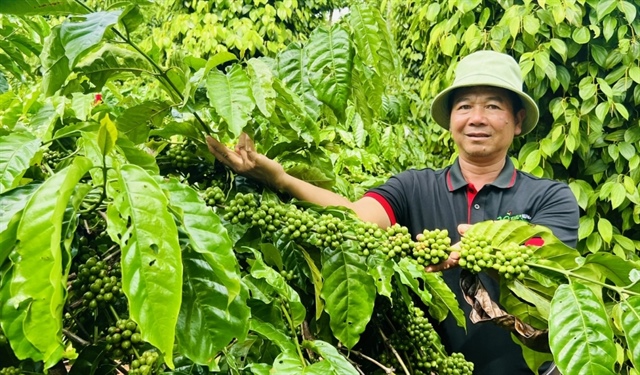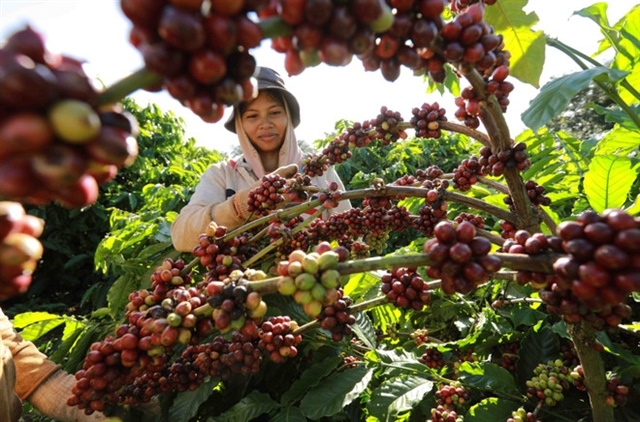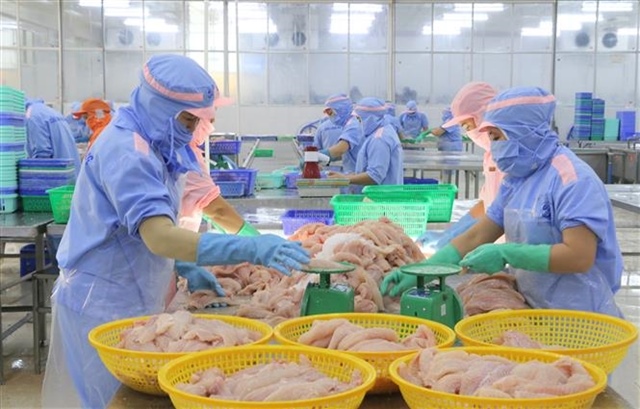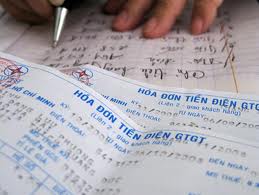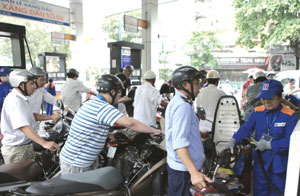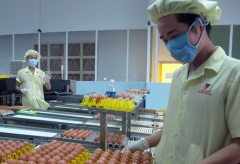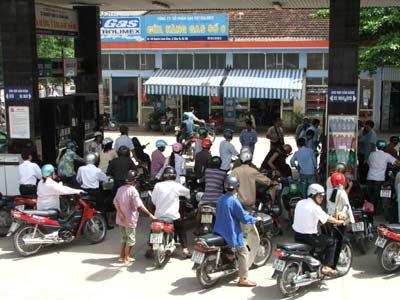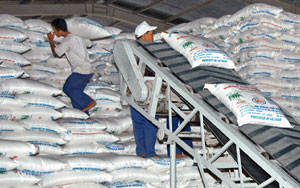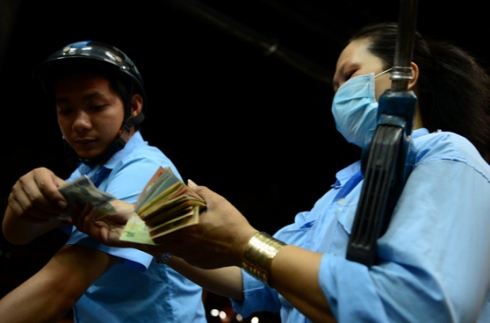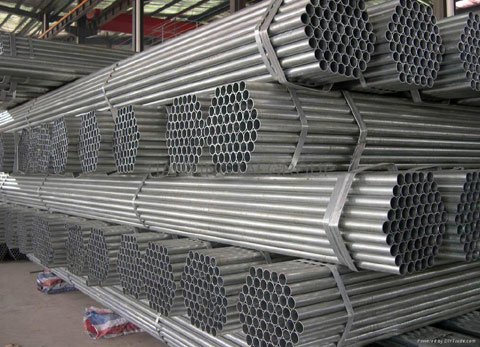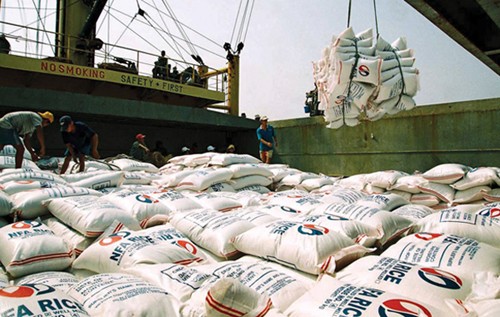Cashew industry targets annual export revenue of $1.5 billion over three years
Cashew industry targets annual export revenue of $1.5 billion over three years
The cashew industry aims to earn average export revenues of US$1.4-1.5 billion a year in the 2013-15 period.
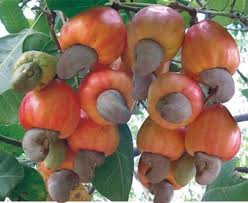
The target was set at the Viet Nam Cashew Association (Vinacas)'s eighth term congress organised last Friday in HCM City.
Nguyen Thai Hoc, former chairman of Vinacas, said the industry had achieved impressive growth over the last 10 years, and has become one of the world's largest exporters since 2006.
Cashew export revenues have increased strongly from only $170 million in 2000 to $1.35 billion last year, he said.
The industry had contributed greatly to improve the lives of workers, but it now faced several challenges, including a shortage of raw material and low productivity, threatening sustainable development of the industry, he said.
Aged trees and abnormal weather patterns had decreased yield, and many growers prefered other trees for higher profit, which had reduced the number of cultivation areas, he said.
"The biggest challenge is creating a stable material source. Currently, domestic production meets only 50 per cent of processing capacity," said Nguyen Duc Thanh, Vinacas's new chairman.
"To achieve the targets, besides boosting export to traditional markets such as the US, EU, China and Australia, enterprises should strengthen to promote their export to Middle East, Eastern Europe, Northen Asia and ASEAN nations," Hoc said.
He also called on enterprises to purchase modern technology and equipment and diversify products to meet increasing demand from customers as well as raising the rate of fully processed nuts to add more export value.
Bui Ba Bong, deputy Minister of Agriculture and Rural Development, said the ministry would co-operate with the Ministry of Industry and Trade to organise trade promotion programmes in foreign markets as well as launching programmes to raise cashew consumption in the domestic market. In addition, the ministry would continue developing high quality cashew seedlings to raise yeild and help farmers to replace aged cashew gardens, he said.
Thanh said the association would co-ordinate with localities to establish a 200,000ha of high-yield cashew zone in Binh Phuoc and Dong Nai provinces to ensure material supplies in the long-term.
"The new executive board has also petitioned the Government to offer preferential interest rate loans to cashew export enterprises to enable the latter buy up cashew from farmers," he said.
Tran Van Vinh, deputy chairman of Dong Nai People's Committee, said the province faced many difficulties in retaining areas under cashew cultivation.
"The Ministry of Agriculture and Rural Development should have measures to raise cashew yield and farmers' income, otherwise they will cut cashew trees to plant other profitable crops," he said.
In addition, he called on enterprises to focus more on building their brands and promote their products, especially on the lucrative domestic market in a bid to reduce the reliance on foreign markets.
The country currently has about 355,050ha under cashew cultivation, mostly grown in the southeastern region, the Central Highlands and the south-central coastal provinces, with Binh Phuoc and Dong Nai being two largest cashew growing localities.
Viet Nam exported an estimated 220,000 tonnes of cashew nut worth $1.45 billion this year. This represented an increase of more than 20 per cent in terms of volume but the value did not increase correspondingly due to a fall in export prices, Thanh said.
Next year would continue to be a difficult year for cashew export, Thanh said. Some firms had export orders for next year, however, prices were still not good, he added.
Vietnamese cashew products are exported to more than 100 countries and territories. The US was the biggest importer of Vietnamese cashew last year, followed by theEU and China.
vietnamnews



